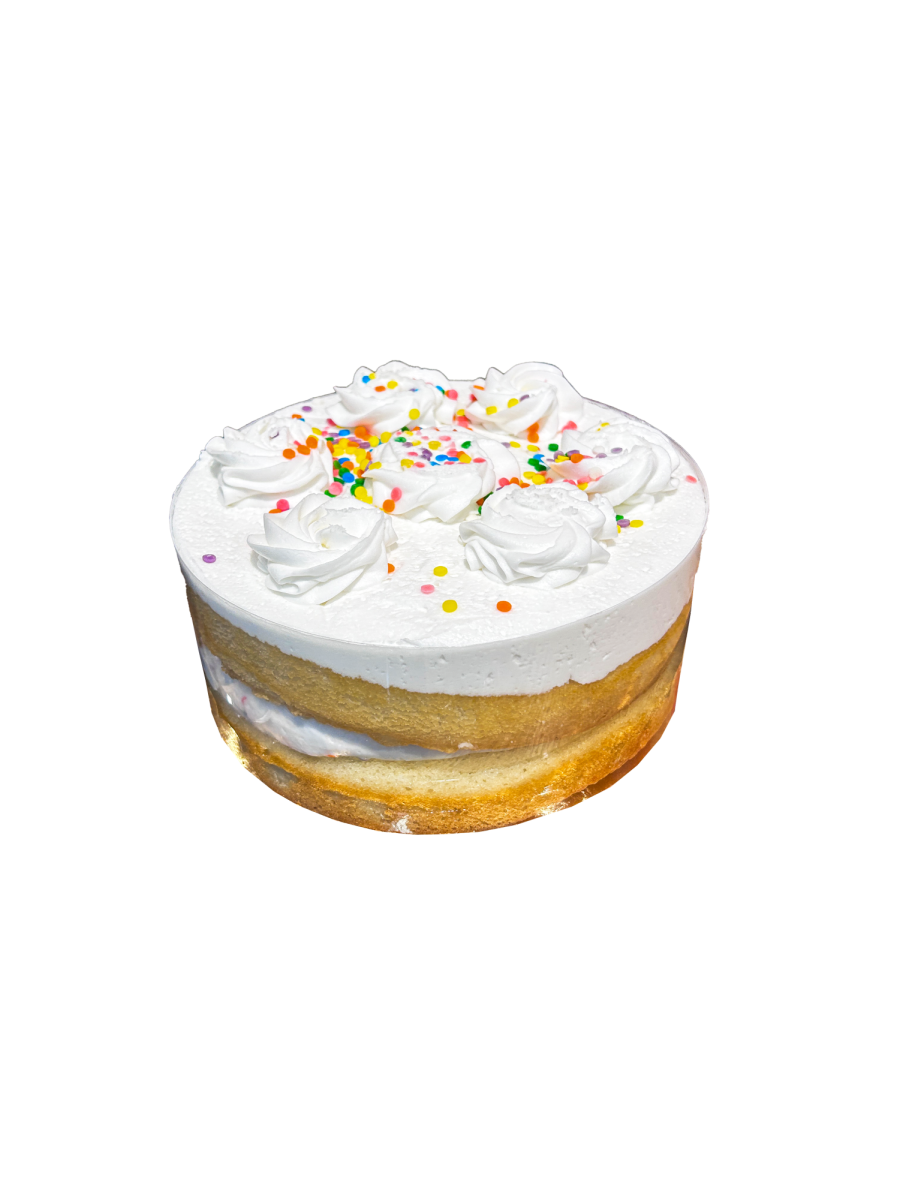Taylor Swift sculpted her first-non-country record, “1989,” into formidable radio-pop. Released Oct. 27, the album illustrates Swift’s romantic adventures, from hook-up to break-up to what is in-between. It suffered from Swift’s tossed roots, but the album’s organized lyrics and the production’s sleekness propelled “1989” to sell almost 1.3 million copies during its first week.
Her latest radio single, “Blank Space,” dictates the record’s direction. Instead of ranting about how the media depicts her relationships, Swift plays the honest heartbreaker, stating how she has “a long list of ex-lovers,” and how she’s “a nightmare dressed like a daydream.”
Swift hammers in the song’s point in the music video for “Blank Space,” where her character burns her boyfriend’s clothes and smashes his car. Her overblown depiction highlights how magazines cast her personal life in a silly light. Multimedia and her music work together.
In general, Swift references her fame subtextually. “Bad Blood,” a song targeted at another celebrity, might as well describe a high school rivalry.
She trades intimacy for universal appeal. She opens with the big-city ode “Welcome To New York,” but in “I Wish You Would,” the line “in my room, headlights pass the window pane” caanot refer to a penthouse. “I Know Places” invokes Swift’s country origins with a fox-and-hounds metaphor. “1989” could be set anywhere in America, which muddles the setting.
Even the production isn’t identified with a region, eschewing hip-hop and country. Each song mixes elements, from funk guitars (“Style”) to prominent drum loops (“Shake It Off”). This diversity wards off monotony. However, the music dabbles with cheap synths (“Wildest Dreams”), which fit more inferior producers.
Swift also exhibits her vocal delivery. In “All You Had To Do Was Stay,” she bellows “you were all I wanted.” Her voice conveys pain more than the lyrics can. In “Out of the Woods,” the words “looking at it now” trail off into the song’s nostalgia trip. Intonation livens her structured verses.
Compared with Swift’s earlier albums, “1989” stays restrained but calculative. She went from her diary-like tunes on her 2010 album “Speak Now,” to her sonically uncertain 2012 record “Red,” to the her polished latest release.
Swift might not innovate mainstream pop with her dressed up sound, but she does prove a female pop star can excel without going into hip-hop, EDM or even electronic dance-pop. She refuses to compromise, as she can abandon country and still please long-time fans.
Many pop artists will likely study the success of “1989,” both commercially and artistically, in order to fight declining album sales. Swift might not be this year’s strongest voice, but her finesse allows her to shake off critics and to continue singing what she loves.








